- Joined
- 21 May 2006
- Messages
- 3,002
- Reaction score
- 2,280
In fact there's a lot I agree with Dr Marianne Hanson analogy and concerns!!
Regards
Pioneer
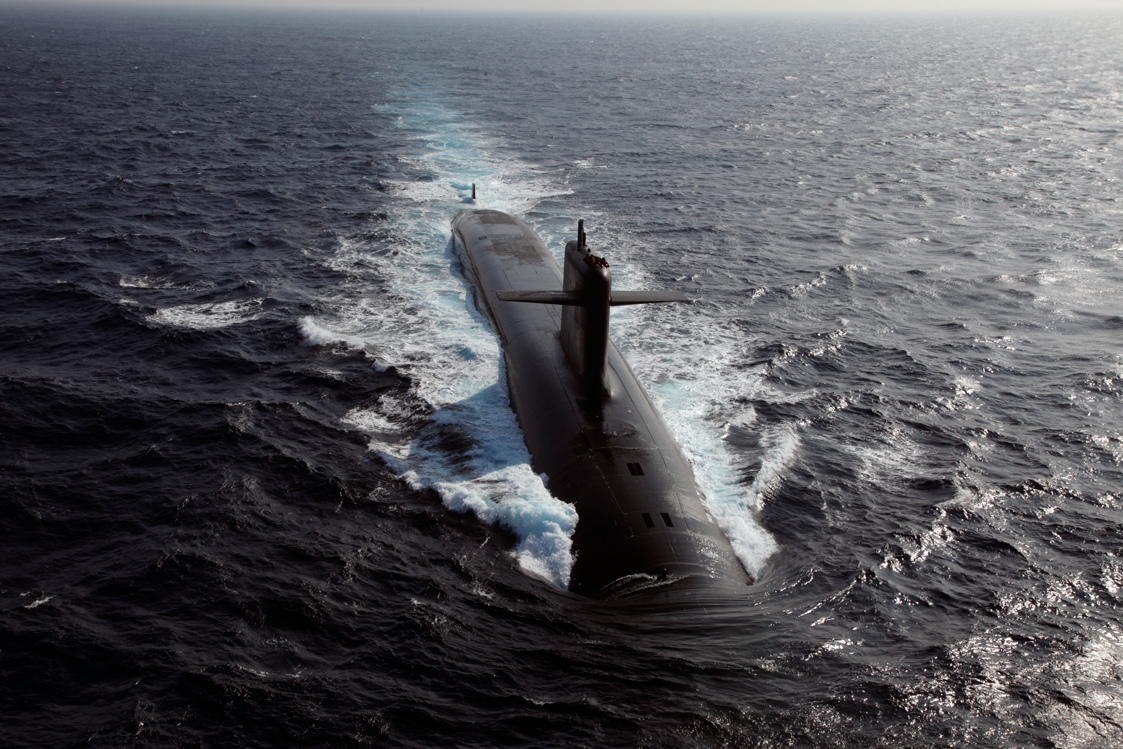
 fas.org
fas.org

And so the all singing, all dancing shit show that is Australia's Collins replacement continues....
Pioneer

France offers four submarines to Australia despite the stab in the bac
According to information published by Opex 360 on September 15, 2022, French President Emmanuel Macron offered his Australian counterpart Scott Morrison fowww.navyrecognition.com
Sadly, the cancelation of the W class, the resulting blackhole in design and production engineering, as well as the drawn out process in designing and procuring the Astute led to a hollowing out of the UKs design and production capability, including a loss of institutional knowledge. I know this because many of those who should have been working on Astute were working elsewhere, including on projects I worked on.Don't make the lazy assumption that it was beyond UK capability. It was a timing and cost issue only.Don't get me wrong the Astutes are great boats, but they were built with substantial US help.
It's likely this is what holds back the Astute Option.
If you read the wording of the defence papers discussing the submarine replacement, they do not actually say twelve Attack Class, they refer to an initial batch, or batches, to be followed by a review in the later 2020s as to whether to keep building them or to build something else instead.And so the all singing, all dancing shit show that is Australia's Collins replacement continues....
Pioneer

France offers four submarines to Australia despite the stab in the bac
According to information published by Opex 360 on September 15, 2022, French President Emmanuel Macron offered his Australian counterpart Scott Morrison fowww.navyrecognition.com
Just highlights how hairbrained the AUKUS nuclear subs deal is. The more you look at it the less sense it makes.
The smartest, most efficient, cost-effective way forward was to continue the Attack program while developing an SSN program.
Of course, I would expect that Naval Group/France would also return the €555 million settlement if such an acquisition were to be taken up...
France offers four submarines to Australia despite the stab in the bac
According to information published by Opex 360 on September 15, 2022, French President Emmanuel Macron offered his Australian counterpart Scott Morrison fowww.navyrecognition.com
I suspect you are correct - add to the ever growing list of poorly managed Defence programs/decisions by the previous Government. The damage they have done to Australia's Defence capability is atrocious - one has to remember that fancy announcements and headlines about acquisitions does not make a Defence Capability!
Call me cynical, but I suspect part of the cancellation was to push out major acquisition costs for a future government to sort out the resulting compromise in capability ... it was about saving money in the short term so that money could be spent on more electorally beneficial things, at the same time as looking strong on defence.
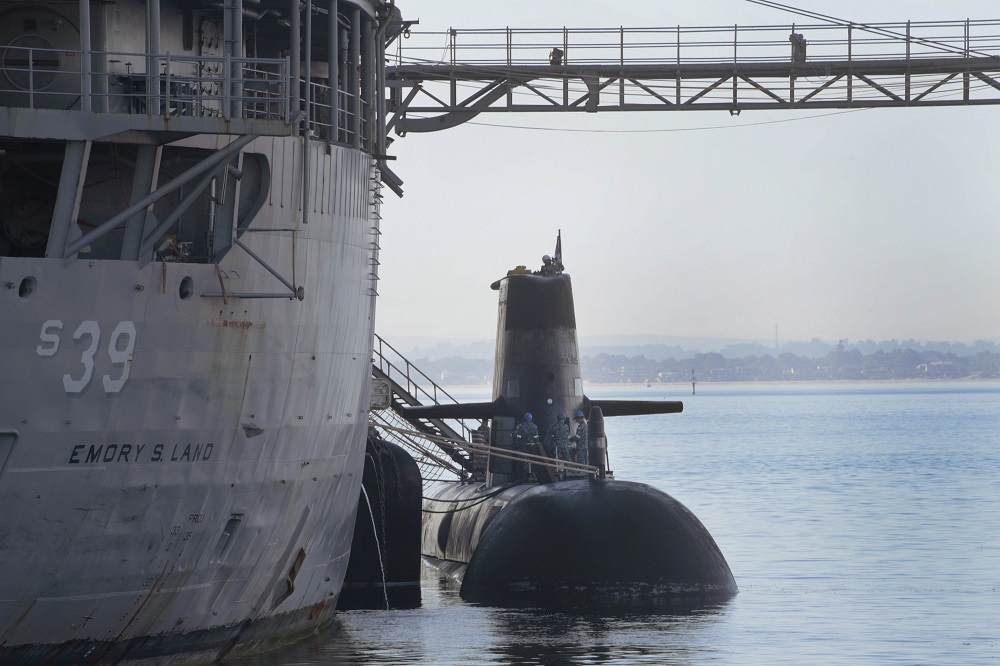
Think of it as a deposit, the sort that is demanded of unreliable, sketchy customers.Of course, I would expect that Naval Group/France would also return the €555 million settlement if such an acquisition were to be taken up...
France offers four submarines to Australia despite the stab in the bac
According to information published by Opex 360 on September 15, 2022, French President Emmanuel Macron offered his Australian counterpart Scott Morrison fowww.navyrecognition.com

Not a fan.Tangentially linked:

Could a submarine tender enhance the ADF’s offensive power? | The Strategist
A significant proportion of defence commentary these days is focused on quickly and cost-effectively enhancing the Australian Defence Force’s lethality in the context of China’s growing power and assertiveness. Much of this discussion is concerned ...www.aspistrategist.org.au
If you read the wording of the defence papers discussing the submarine replacement, they do not actually say twelve Attack Class, they refer to an initial batch, or batches, to be followed by a review in the later 2020s as to whether to keep building them or to build something else instead.
The Suffrens do not carry Tomahawk.
An SSN without it is reasonable for France which has both an SSN force and cruise missile equipped aircraft on a carrier and in its air force.
Australia is a pretty big place so a long range missile force could be based on land and move around on TELs (Australia is famous for its "roadtrains").
SSK can carry Tomahawk or a system that has a bigger warhead and faster missile. Perhaps Australia needs a missile rather than an SSN?
Not a fan.Tangentially linked:

Could a submarine tender enhance the ADF’s offensive power? | The Strategist
A significant proportion of defence commentary these days is focused on quickly and cost-effectively enhancing the Australian Defence Force’s lethality in the context of China’s growing power and assertiveness. Much of this discussion is concerned ...www.aspistrategist.org.au
The whole idea falls over when you realise the reason SSNs are seen as necessary is Chinas area denial capabilities make it too dangerous for forward basing of conventional boats to work. Now if you installed AEGIS with CEC and an ABM capability to the tender.......
More evidence, if you needed it, that the decision to go with the French design was a well thought out acquisition plan put together by professionals.
Tomahawks are being acquired for the Hobart class AWDs.Perhaps Australia needs a missile rather than an SSN?
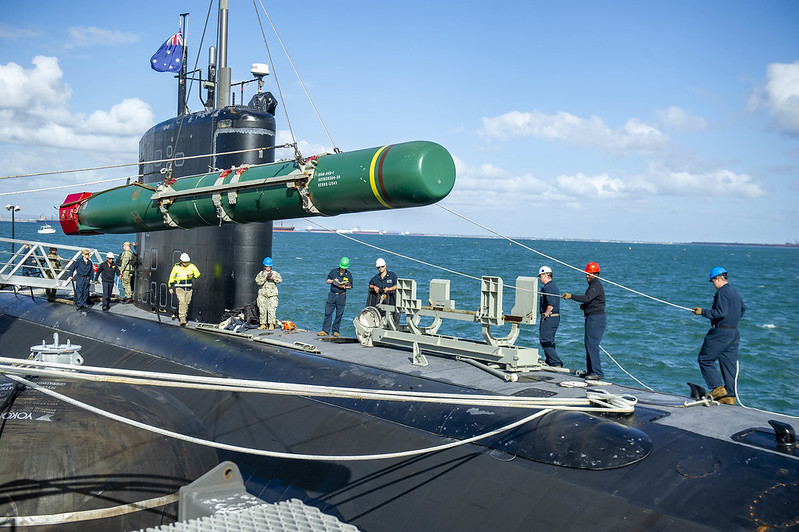
More evidence, if you needed it, that the decision to go with the French design was a well thought out acquisition plan put together by professionals.
This whole case and that very interesting thread right here, makes me realize that (AFAIK) France is one of the few countries in the world with one foot planted in SSK, and the other in SSN. Put otherwise: the one and only to propose an AIP submarine (SSK Attack) derived from a nuclear SSN (Barracuda).
In passing - just dawned on me - why not an AIP Astute or an AIP Virginia for Australia ? as an early, easier step toward full-blown, nuclear Astute or Virginia ?
Don't tell me America is unable to master AIP technology. Or Great Britain. Take a licence from the big AIP submarine players - Germany, the Netherlands, Spain, South Korea,, Japan... learn, build, sell to Australia.
In passing - just dawned on me - why not an AIP Astute or an AIP Virginia for Australia ?
In peace time the submarine would call into friendly ports and do some flag showing. I can see a point for a destroyer tender or mothership for USVs, but not for a submarine tender.Not a fan.Tangentially linked:

Could a submarine tender enhance the ADF’s offensive power? | The Strategist
A significant proportion of defence commentary these days is focused on quickly and cost-effectively enhancing the Australian Defence Force’s lethality in the context of China’s growing power and assertiveness. Much of this discussion is concerned ...www.aspistrategist.org.au
The whole idea falls over when you realise the reason SSNs are seen as necessary is Chinas area denial capabilities make it too dangerous for forward basing of conventional boats to work. Now if you installed AEGIS with CEC and an ABM capability to the tender.......
It would still be huge force multiplier in peacetime, and presumably the USN could help protect it in times of tension or war. I think it is a great idea; it wouldn't take any high tech items or research and could be produced domestically with little effort. Now that I think about it, it is really rather strange that RAN doesn't have a vessel of this type.
Agreed.In passing - just dawned on me - why not an AIP Astute or an AIP Virginia for Australia ?
I'd be surprised if it is possible to redesign a Virginia or Astute into a viable AIP sub. Nuke power is just so dense (power wise and physically) compared to AIP, and both of these subs are 75-100% larger than the largest AIP subs out there.
You'd have to find a way to incorporate large LOX tanks and much larger diesel tanks (and batteries) compared to the nuke boat, and still would likely lose the high speed sprint performance. (Assuming Stirling AIP. Fuel cell AIP needs hydrogen stowage as well.)
SSKs are all about power budgets and heat budgets, which and how many systems can you operate concurrently with the power and cooling available. A presentation I attended years ago on the Virginias the presenter responded to questions of heat budgets by saying that they basically refrigerated the entire boat, similar to how server room are kept uncomfortably cold, then used heaters in each compartment to make them habitable as required. That alone shows just how different they are.The US and UK boats are designed around a basically unlimited amount of power; it would be incredibly difficult to adopt an order of magnitude lower power diesel/AIP set up. In any case, RAN didn't order AIP for Collins or Attack. I believe the decision was based on the fact that for the long transit times expected of RAN boats, AIP isn't useful. Recharge rates were deemed more important.
Paywalled.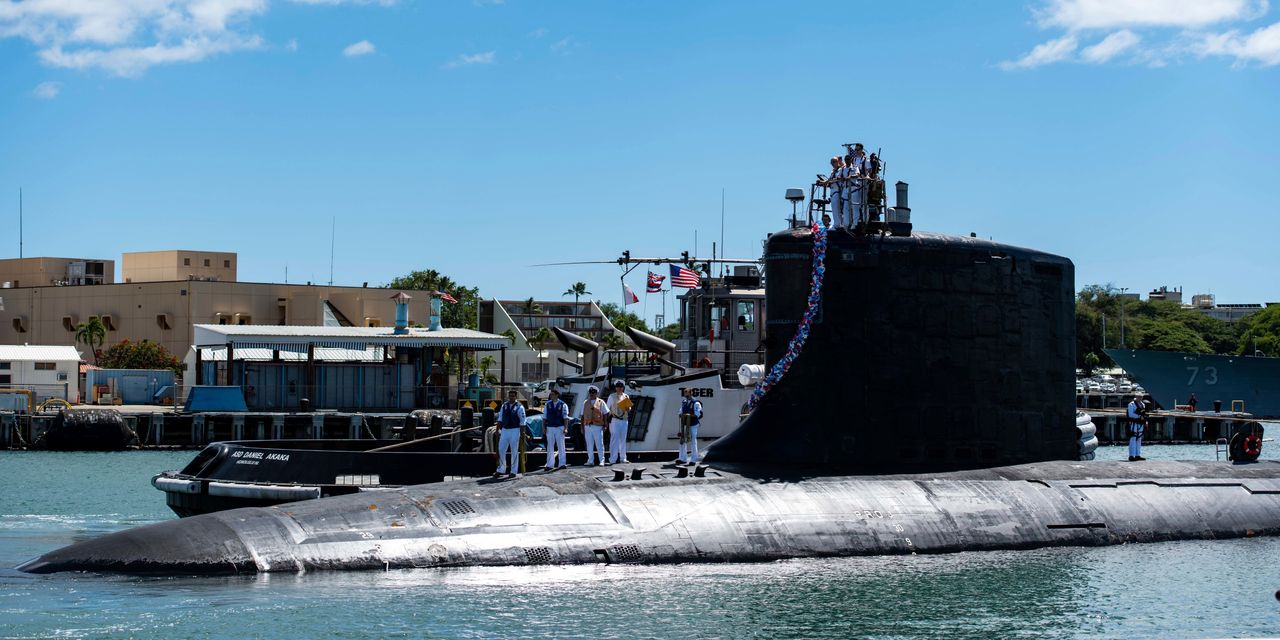
WSJ News Exclusive | U.S. in Talks to Build First Nuclear Subs for Australia
Effort would aim to get Australia a nuclear-powered fleet by the mid-2030s until Australia can build its own, in a bid to respond to China’s growing military.www.wsj.com
Can anyone provide an "executive summary"?The idea is to provide Australia with an "initial nuclear powered fleet" by the mid 2030s...
From a Bloomberg summary of the article:Paywalled.
WSJ News Exclusive | U.S. in Talks to Build First Nuclear Subs for Australia
Effort would aim to get Australia a nuclear-powered fleet by the mid-2030s until Australia can build its own, in a bid to respond to China’s growing military.www.wsj.com
Can anyone provide an "executive summary"?The idea is to provide Australia with an "initial nuclear powered fleet" by the mid 2030s...
Under the plan, the US would provide Australia with the “first few” nuclear subs by mid-2030s to tide Australia over as it continues to develop its own production capabilities, the newspaper said, citing Western officials. The proposal -- not yet approved -- is one of several being considered as a means of more quickly securing a nuclear-powered fleet for Australia, according to the report.
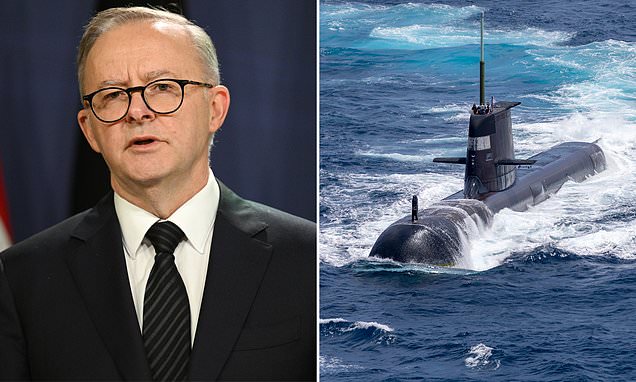
The definition of "full" is a little debatable. The industry is currently sizing it's workforce and supply chain to support 2 SSNs and 1 SSBN a year from the mid-20s to mid-30s. The US could cut boats out of that plan for Australia without affecting that infrastructure much, though the US Navy would be... displeased to lose a few boats.Could the US actually meet that commitment? Aren’t US yards pretty full up?
I am still hoping the US will realise the importance of Australia and get them at least 2 SSNs by 2030. Sadly not much the UK can do (should be building Astutes even if it means mothballing PofW).
Australia could get nuclear submarines from US earlier
Prime Minister Anthony Albanese confirmed Australia's commitment to the AUKUS international treaty with the US and UK on Saturday and said nuclear submarines could be here sooner.www.dailymail.co.uk
Thanks Moose.From a Bloomberg summary of the article:Can anyone provide an "executive summary"?
Under the plan, the US would provide Australia with the “first few” nuclear subs by mid-2030s to tide Australia over as it continues to develop its own production capabilities, the newspaper said, citing Western officials. The proposal -- not yet approved -- is one of several being considered...
Thing is, Australia is so completely subordinated to US policy and goals in the Western pacific, you could argue that the USN isn't really giving up two (or more) boats from it's build schedule at all, it's just assigning them (semi permanently) to the Western Pacific and Indian Ocean.I am still hoping the US will realise the importance of Australia and get them at least 2 SSNs by 2030. Sadly not much the UK can do (should be building Astutes even if it means mothballing PofW).
Australia could get nuclear submarines from US earlier
Prime Minister Anthony Albanese confirmed Australia's commitment to the AUKUS international treaty with the US and UK on Saturday and said nuclear submarines could be here sooner.www.dailymail.co.uk
That's complete garbage and uncalled for.Thing is, Australia is so completely subordinated to US policy and goals in the Western pacific, you could argue that the USN isn't really giving up two (or more) boats from it's build schedule at all, it's just assigning them (semi permanently) to the Western Pacific and Indian Ocean.
